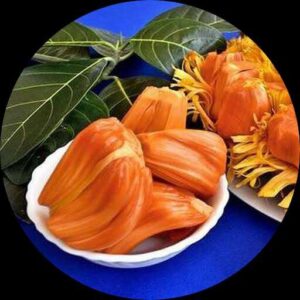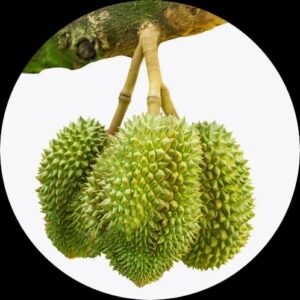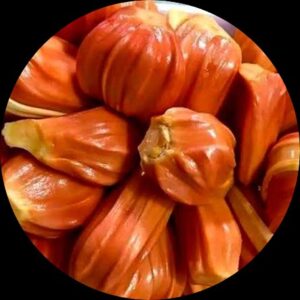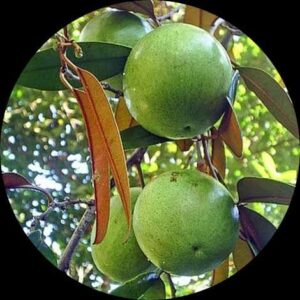- Empty cart.
- Continue Shopping
Kayamboo
Original price was: ₹420.00.₹190.00Current price is: ₹190.00.
Genus : Memecylon
“Enhance your garden with the exquisite Kayamboo Plant. Known for its graceful appearance and lush foliage, this versatile plant is perfect for adding a touch of elegance to your outdoor space. With its easy care requirements, the Kayamboo Plant is a delightful addition to any garden or landscape.”
Kayamboo, also known as Bamboo Ginger, is a tropical herbaceous plant that is native to Southeast Asia and parts of India. It is named for its resemblance to bamboo, with tall, slender stems and long, narrow leaves. The plant is known for its medicinal properties and is used in traditional medicine to treat a variety of ailments.
Kayamboo can grow up to 2-3 meters in height and has long, thin stems that are green or red in color. The leaves are narrow, pointed, and can grow up to 30 cm in length. The plant produces small, white or yellow flowers that grow in clusters on a spike, and are followed by small, black berries.
The roots and rhizomes of Kayamboo are the parts of the plant that are used medicinally. They contain a number of active compounds, including flavonoids, terpenoids, and phenolic acids, which are believed to have anti-inflammatory, antioxidant, and analgesic properties.
Kayamboo is commonly used in traditional medicine to treat a variety of conditions, including stomach ailments, headaches, fever, and inflammation. It is also believed to have antimicrobial properties and may be used to treat infections. The plant is often prepared as a decoction or poultice, or applied topically as an oil or salve.
In addition to its medicinal properties, Kayamboo is also valued for its ornamental qualities. The plant’s tall, slender stems and attractive foliage make it a popular choice for landscaping and indoor decoration.
Overall, Kayamboo is a versatile plant that is valued for its medicinal and ornamental properties. Its use in traditional medicine highlights its importance in local cultures, and its potential as a source of natural compounds for pharmaceutical research makes it an area of growing interest.












Reviews
There are no reviews yet.